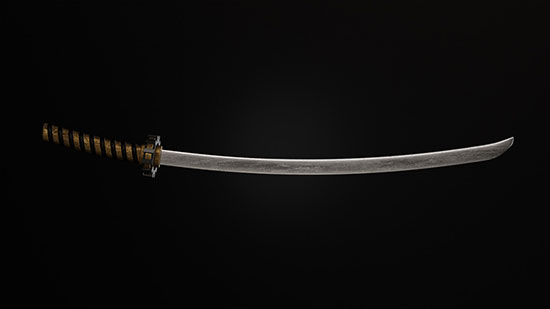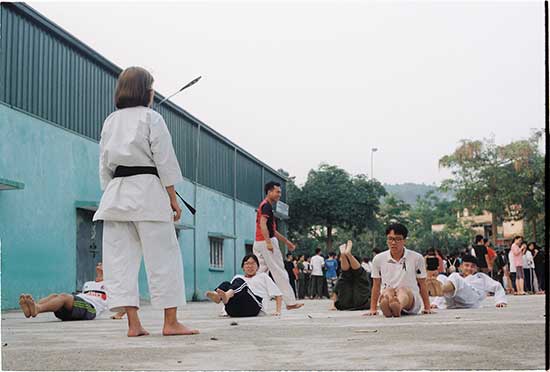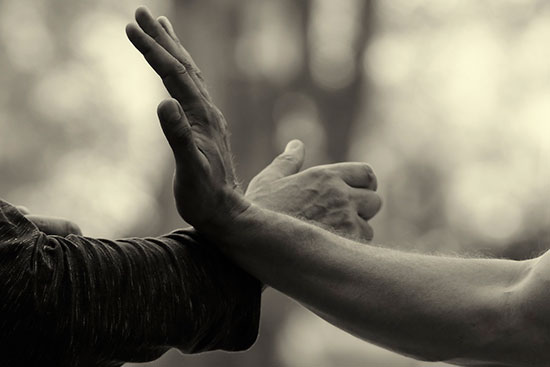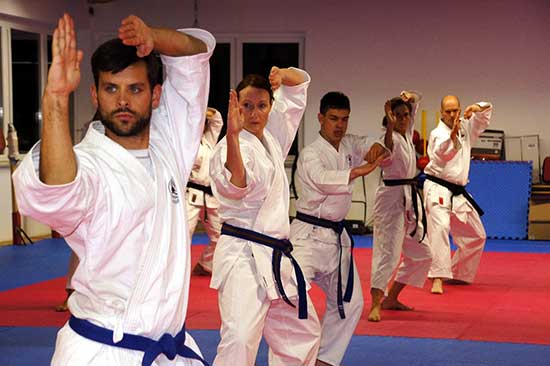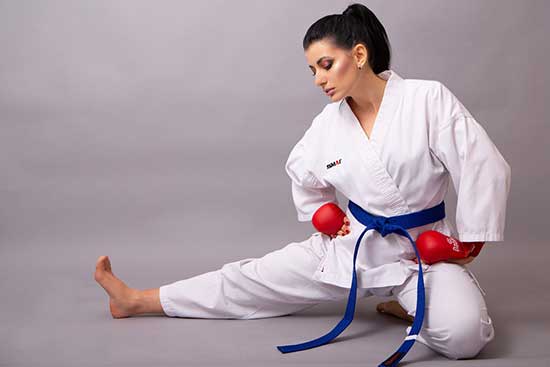A katana is a Japanese sword with a curved blade and a single edge. It is traditionally associated with the samurai class of feudal Japan and is still used today in some martial arts practices.
The katana is known for its sharpness, durability, and versatility as a cutting and thrusting weapon. It is typically worn with the edge facing up so that it can be drawn quickly and efficiently in a fighting situation.
The Katana is also an important cultural and artistic symbol in Japan, and many collectors and enthusiasts value the craftsmanship and beauty of these swords.
The origins of the katana can be traced back to the 9th century when the first curved swords began to appear in Japan.
These swords, known as “tachi,” were primarily used by the samurai class of feudal Japan, who were the military elite of the time.
The Tachi was used mainly for mounted combat, and it was carried in a sheath that was suspended from the waist with the edge facing downward.
Over time, the katana evolved into the o katana, which was more suitable for use on foot. The o katana has a more extended handle than the katana, which allows the wielder to grip it with both hands for greater control and power.
The blade of the katana is also shorter and thicker than the Tachi, which makes it more durable and better suited for cutting.
Forging a katana is a highly skilled and labor-intensive process that requires years of training and experience.
It begins with the selection of raw materials, which typically include high-carbon steel for the blade and softer iron for the guard and handle.
The steel is heated to a high temperature and then folded and beat to remove impurities and create a homogeneous structure. The blade is then shaped and sharpened using specialized tools and techniques.
The katana is more than just a weapon; it symbolizes the samurai’s honor, skill, and loyalty. The samurai believed their swords were an extension of their soul and took great care in maintaining and preserving them.
The katana was often passed down from one generation to the next, and it was considered a family heirloom that held great sentimental value.
It is an enduring symbol of the samurai and their code of honor, and it continues to inspire and respect people worldwide.
Contents
Differences between o katana vs. katana
The o katana and katana are similar. However, they have a difference that distinguishes the two martial arts.
- Length: O katana is much longer than the standard katana. The Katana has a shorter blade that is typically around 25-40 cm in length, while the katana has an edge that is usually approximately 70-90 cm in length.
- The katana is also lighter and more compact than the o katana, which makes it more suited for close-quarters combat. Even though it is longer compared to other swords, its features have adequate mass to enable you to carry it easily while attacking the opponent.
- Additionally, the o katana has extended reach relative to the regular katanas, thus making it more reliable.
Similarities between o katana vs katana
- The o katana and the katana share some standard features. Both swords have a single-edged blade and a circular or squared guard, and they are traditionally made from high-carbon steel and softer iron.
- Both swords also required a high level of skill and craftsmanship to forge and maintain, and the samurai highly prized them for their beauty and functionality.
- Techniques: Both use similar methods, such as Nukitsuke: drawing the sword from its sheath, Kiritsuke: a diagonal cut made with the sword held in a reverse grip, Kesa-Giri: a diagonal cut made across the chest or neck, Morote-Tsuki: a thrust made with both hands on the sword hilt, Gedan-barai: a downward sweep used to deflect an incoming attack, and Uke-nagashi: a parrying technique in which the sword deflects an incoming attack and redirects it away from the wielder.
- In both, the practitioners wear protective materials during the attack. Wear protective armor, or “bogu,” which consists of a helmet, gloves, chest protector, and groin protector.
Closing thoughts
The katana has played a significant role in Japanese culture and history and continues to be revered as a symbol of tradition and craftsmanship.
Today, it is not only collected and appreciated as a work of art but also practiced as a martial art, with schools dedicated to teaching the art of wielding the katana.
The katana and the o katana are similar in some ways, but they also have some distinct differences. The Katana is a shorter, lighter sword primarily used as a secondary weapon, while the o katana is a long sword used as the samurai’s primary weapon.
Both blades are highly prized for their beauty and craftsmanship and continue to be an enduring symbol of Japanese culture.

